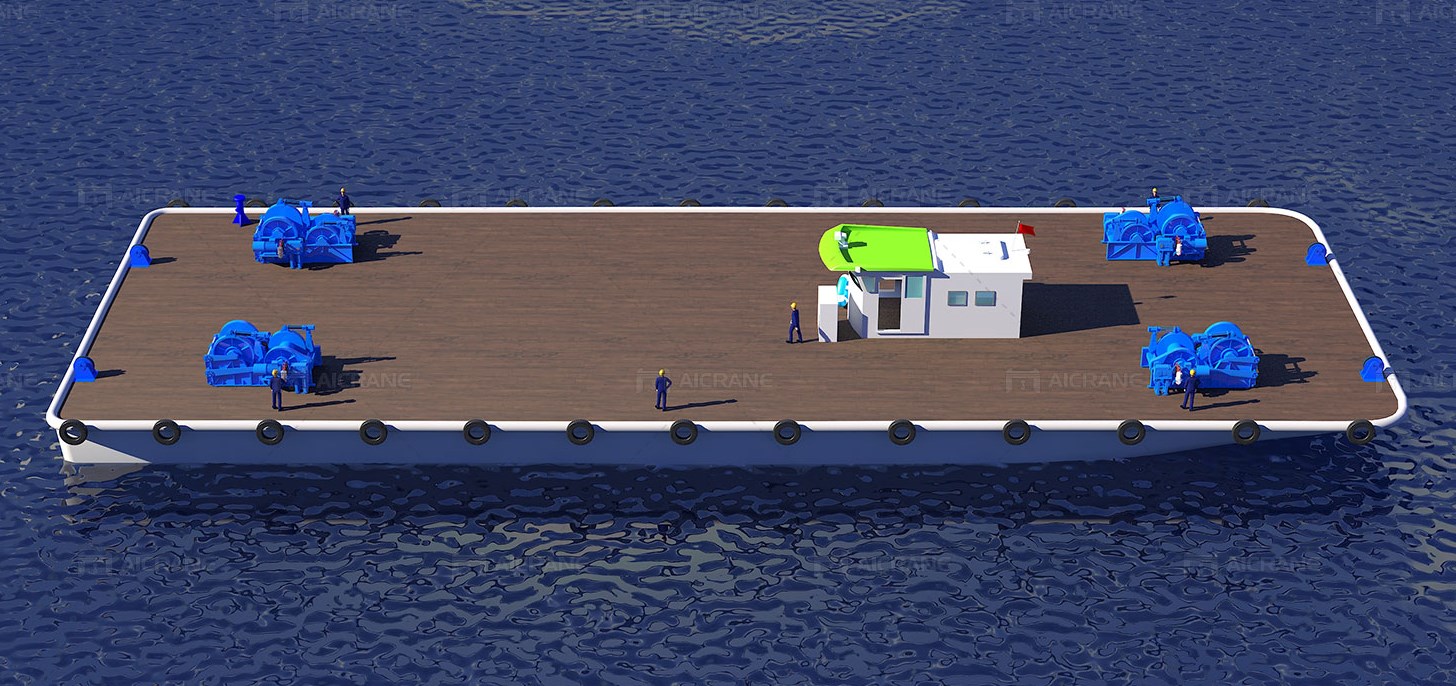The Advantages of Multi-Point Mooring Winch Systems in Maritime Applications
In the realm of maritime operations, the multi-point mooring winch system has emerged as a game-changer, revolutionizing the way vessels are anchored and positioned. This advanced technology has proven to be invaluable in various industries, including offshore oil and gas, shipping, and maritime construction. In this article, we will explore the numerous advantages that multi-point mooring winch systems bring to the table and how they have become a cornerstone for stability, efficiency, and safety in maritime activities.
Enhanced Stability and Positioning:
One of the primary advantages of multi-point mooring winch systems is the superior stability they offer to vessels. By utilizing multiple anchor points, these systems can significantly reduce the impact of external forces, such as waves and currents, providing a stable platform for operations. This enhanced stability is crucial for offshore installations, vessel positioning, and activities that demand precision in dynamic environments.
Increased Operational Flexibility:
Multi-point mooring winch systems provide unparalleled operational flexibility. Vessels equipped with these systems can be securely anchored in a variety of locations, allowing for precise positioning in relation to the work area. This flexibility is particularly beneficial in offshore drilling operations, where maintaining a stable position is essential for safe and efficient drilling activities.
Efficient Load Handling:
These winch systems are designed to handle heavy loads with precision and ease. Whether it's lifting equipment onto offshore platforms, deploying subsea structures, or assisting in complex construction projects, multi-point mooring winches excel in efficient load handling. The precise control over load movement ensures that operations can be carried out smoothly and without disruptions.
Risk Mitigation and Safety:
Multi-point mooring winch systems contribute significantly to risk mitigation and safety in maritime operations. The redundancy provided by multiple anchor points minimizes the risk of complete system failure. Additionally, the precise control offered by these winch systems reduces the likelihood of accidents during critical maneuvers, enhancing overall safety for both personnel and equipment.
Optimized Utilization of Space:
In congested maritime environments, where available space is a premium, multi-point mooring winch systems shine. Their ability to anchor vessels in strategic positions allows for optimized use of available space, making them ideal for crowded ports, offshore platforms, and other areas where space constraints are a concern.
Adaptability to Challenging Conditions:
Multi-point mooring winch systems are designed to operate in a wide range of environmental conditions. Whether facing rough seas, adverse weather, or challenging seabed conditions, these winch systems are built to adapt and ensure the stability of vessels, providing reliability in the face of unpredictable elements.
Reduction in Operating Costs:
By enhancing stability, improving operational efficiency, and reducing the risk of incidents, multi-point mooring winch systems contribute to a significant reduction in operating costs. The increased efficiency in maritime activities translates to lower fuel consumption, minimized downtime, and decreased maintenance requirements, ultimately leading to substantial cost savings over the long term.
Conclusion:
The advantages of multi-point mooring winch systems are transforming the landscape of maritime operations, setting new standards for stability, efficiency, and safety. As technology continues to evolve, these systems will likely play an increasingly vital role in various maritime sectors, from offshore exploration to shipping and construction. The inherent flexibility, precision, and adaptability of multi-point mooring winch systems position them as indispensable tools for the maritime industry, ushering in an era of heightened performance and safety on the open seas.



Comments
Post a Comment